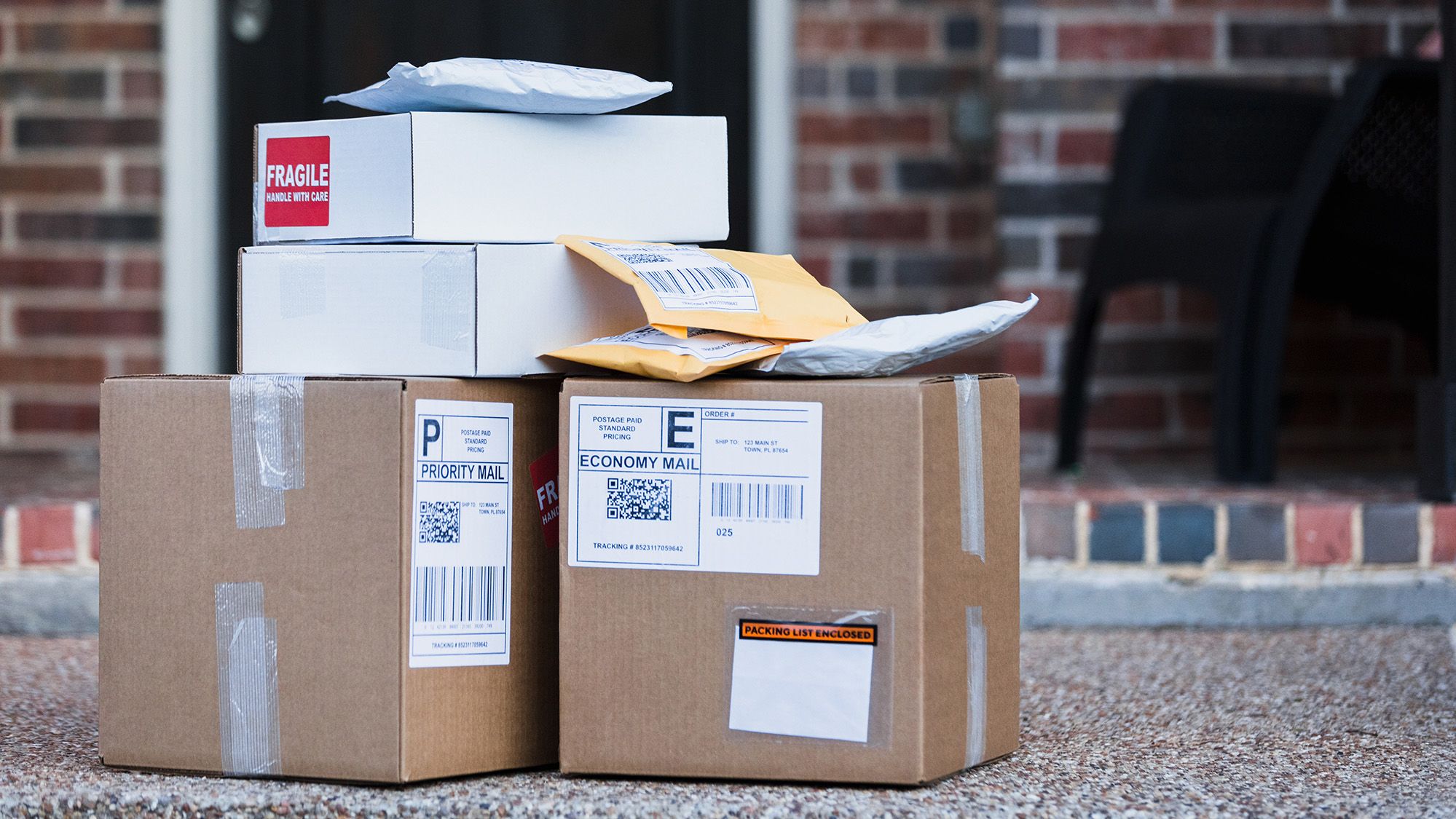The convenience of online shopping is unrivaled. Consumers can order everything from apparel and electronics to furniture and groceries with the reassurance that if they don’t like it, they can send it back in exchange for a refund. Risk-averse shoppers are relieved by open-ended return policies, but what happens to all of those returned products? You might assume that unused items are inspected and repackaged, then put back onto store and warehouse shelves, but that’s far from the reality of how retailers operate. In a linear supply chain, products are designed to leave the store, not to be brought back.
According to a 2021 survey of 300 retailers, less than half of returned items can be resold at full price and many companies do not have the internal logistics to sort, investigate and repackage returns. At best, returns are sold by the pallet to third-party liquidation companies, a chunk of which ends up in landfills. At worst, hundreds of thousands of returned and unused items are purposefully destroyed by giant retailers, including Ulta and Amazon, or they are outsourced by the billions of tons to secondhand markets in the Global South where they choke local markets and clog landfills. In an era of climate collapse, economic uncertainty and ongoing supply chain issues, there is an urgent need to reduce consumption and divert waste from polluting the planet through progressive policy-making and collective behavior change.
With gift-giving season in full swing, it can feel daunting to shift your habits to reduce unwanted purchases. Below, we offer the best strategies to take the pressure off holiday shopping, combining expert knowledge and vetted brand recommendations to help you avoid buyer’s remorse and incorporate more sustainable gift-giving into your life.
Why are there so many returns?
The accessibility of e-commerce coupled with a global pandemic has led to increased US online sales to over $100 billion each month — about half of total US sales — which spike in late November during Black Friday, Cyber Monday and winter holiday shopping. “This explosive growth in online sales has also magnified one of e-commerce’s biggest problems: returns,” writes journalist Amanda Mull on the “nasty logistics” of return policies. “The average brick-and-mortar store has a return rate in the single digits, but online, the average rate is somewhere between 15% and 30%.”
While refunds have been around for over a century, it wasn’t until recent years that returns have gotten out of hand. “It’s a combination of the fact that Zappos will offer you shoes and the fact that there’s no place to take your old shoes to be repaired,” says Susan Strasser, historian and author of “Waste and Want: A Social History of Trash.”
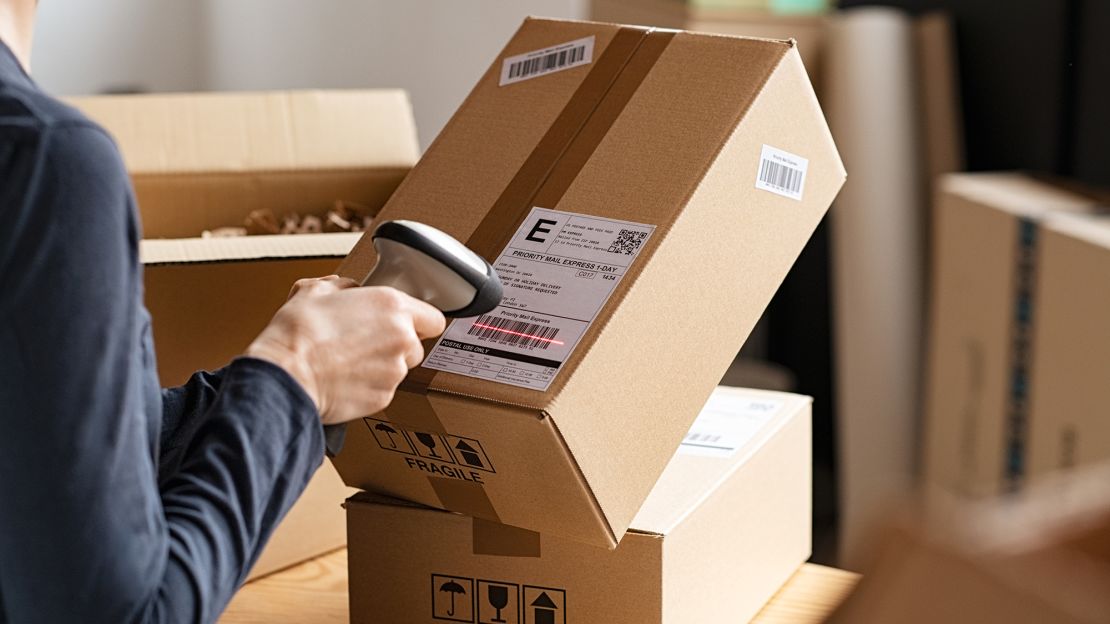
In 2021, 64% of American adult consumers experienced buyer’s remorse, and their regret wasn’t about paying full price. Quite the opposite: According to the same shopping data, returns from Black Friday’s heavily discounted sales alone amounted to $74 billion, the majority of which was spent on retail fashion apparel and footwear, an industry that is the second-largest consumer of water and produces up to 8% of global carbon emissions, according to the UN.
“It’s cheaper for brands to throw the garment away than to restock it, resell it, repackage it, fold it nicely and make sure that it gets resold, which speaks to the excess of the system,” says Aja Barber, fashion sustainability consultant and author of “Consumed: The Need for Collective Change: Colonialism, Climate Change, and Consumerism.”

On top of buyer’s remorse another ugly face of returns is rearing its head. Instead of trying clothes on in a dressing room, shoppers now buy multiple colors or sizes of apparel and footwear with the intent to return what they don’t want — a strategy known as bracketing. As of 2020, more than half of shoppers practice bracketing, which has increased by 50% over the last three years.
Even the purchases that people keep beyond the return date don’t have a long shelf life. More than 90% of consumer goods are discarded within a year of being purchased, according to the popular documentary, “The Story of Stuff.”
What returns do to the environment
All these returns create an environmental toll that’s difficult to comprehend. An estimated 10 billion pounds of returned products in the US become landfill waste each year. When it comes to electronics, items made with bonded substrates cannot be separated for recycling due to mixed plastics. “The ability to recover that stuff is nonexistent,” says Dan Guide, Smeal Chaired Professor Of Operations & Supply Chain Management, Smeal College of Business at Penn State.
One solution that could help the returns problem — especially in the tech department — is buying more used and refurbished items. Unfortunately consumer behavior is fickle when it comes to purchasing these products.
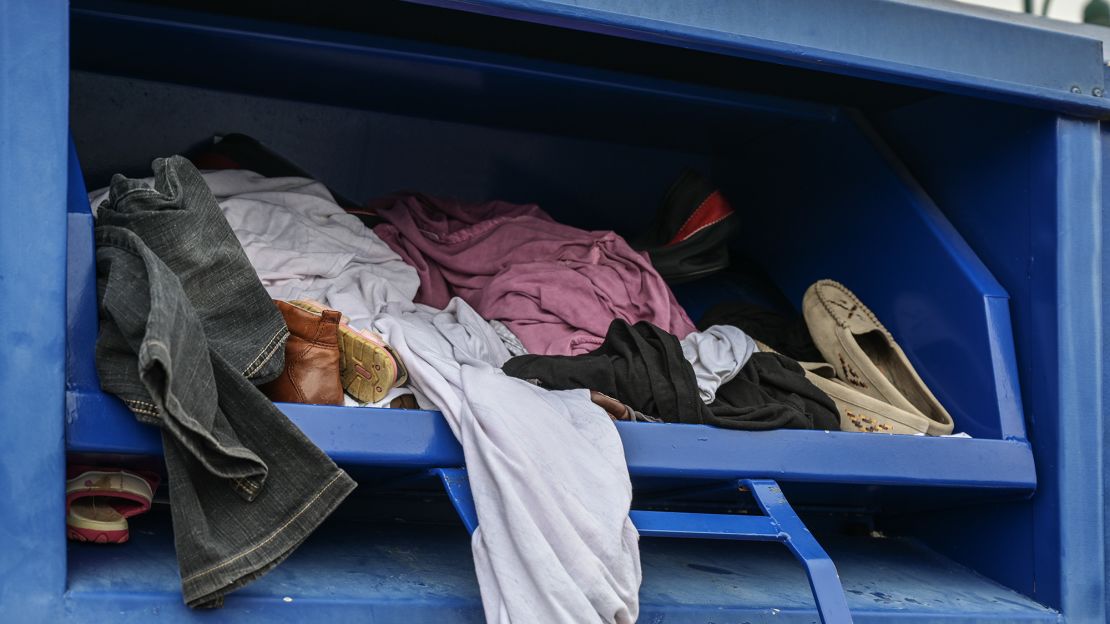
Tech goods and office supplies can be resold as certified refurbished and fetch a discounted price, but used household appliances and furniture are met with disgust, says Guide. The disgust factor is a psychological construct that has a close relationship with disposal. “The higher you score on the disgust scale, the less likely you are to tolerate any form of remanufactured product like vacuum cleaners, coffee pots and hand mixers,” Guide explains. “When you get to personal care items like Sonicare toothbrushes, the general attitude is, ‘Get the hell away from me.’”
To combat returns in other departments, some US retailers are moving away from accepting returns and simply refunding customers to save on return shipping costs and labor, leaving the shopper to manage disposal of the item instead of fixing their supply chains. Barber sees another shift in return policies taking place as brands quietly remove free return policies and implement fees. “I think brands are realizing that they can’t actually afford to keep up this facade that has gotten us in the place that we’re in,” she says.
What you can do
Living more sustainably requires policy changes across industries as well as government protection of natural resources and individual behavior shifts. If you have one takeaway let it be this: Reducing overall purchases is crucial. And if you can, repairing items (or getting them repaired by a professional) can drastically increase your products’ life span and reduce your impact.
“Things haven’t always been this way. Things got this way,” says Strasser. “It wasn’t assumed that if something went out of fashion or got a hole in it that you would get rid of it. The assumption was that objects have value, and part of the value comes from their materials.”
You might not have the time to take up knitting, button swapping or carpentry to keep all your goods in tip-top shape, but there are a growing number of repair directories that can connect you with skilled menders to keep items out of the return or donation pile.
- iFixIt offers high-quality replacement parts, precision tools and free guided instructions from repair experts to keep your devices from becoming landfill e-waste.
- Upstream is touted as the most comprehensive reuse directory in the world with business listings that span reuse services in food service, retail, grocery, shipping and packaging.
- Where to Repair is a directory for local repair services built by repair advocates whose skills range from automotive and appliances to medical equipment and agriculture.
- CPO Outlets is one of many platforms that sells certified reconditioned power tools at a discounted price.
Tips to avoid returns before you start shopping
The simplest way to avoid returns is to invest in higher-quality items that you’ll actually use and keep. Yes, it’s going to be more expensive, but you will buy less and what you mindfully purchase will be used more and last longer.
Since we’re in prime gift-giving season, it’s good to point out that presents run a high risk of returns. According to the National Retail Federation, retailers expect 17.8% of holiday gifts to be returned, worth $158 billion in merchandise. Instead of a surprise present, ask your loved ones for a list of items they want or need, or you can gift them consumable goods like candles, chocolates or even tickets to that concert they’ve been dreaming of.
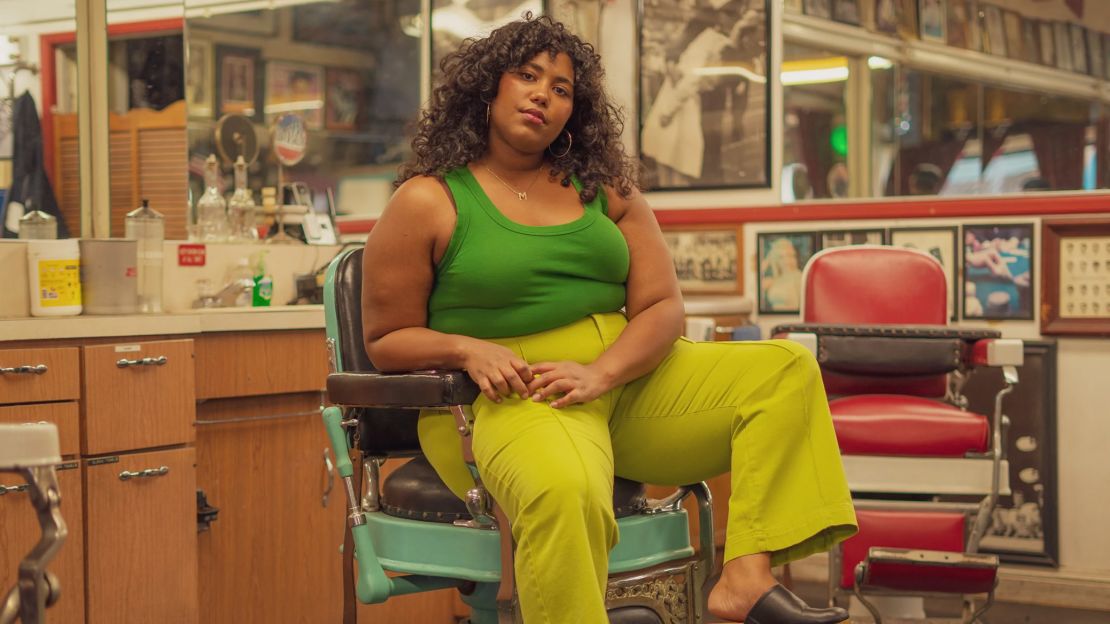
To avoid fast fashion — one of the worst contributors to returns — Barber advises to save up the money you would have spent on clothes and invest it into a consultation with a style coach to develop your personal taste and assess the needs of your wardrobe or household. “You’ve got to figure out what you love, what feels good and right to you, so these brands aren’t telling you what to do,” she says. “Instead of being sucked in the buying loop, you can walk into a store and say, ‘I don’t need any of this.’ That is so empowering.”
Here’s some more tips to avoid spending money on clothes you don’t need.
- It’s easier to ignore the ceaseless stream of ads marketed to you when you have a vetted list of ethical brands to support like this one from Sell Trade Slow Fashion. Look for companies certified as closed-loop, B Corp or Global Organic Textile Standard (GOTS).
- Secondhand shops like eBay, Poshmark, threadUP and @selltradeslowfashion offer inexpensive alternatives to fast fashion for supplementing your wardrobe while eliminating wasteful returns from your shopping habits.
- Good on You is a directory of brands that are rated based on transparent data sources that verify the companies’ claims about their impact on people, the planet and animals.
- Sustainable laundry care helps to prevent damage to clothing you already have, reducing what you need to replace.
- Get measured by a tailor. Having up-to-date measurements is necessary when shopping online so that you can choose the right size for your body. Once you have your measurements, utilize the size guides offered on websites and chat with customer service about sizing questions before you place an order.
Sustainable brands that make online ordering foolproof
Compared to online shopping, visiting a store in person is one of the best ways to avoid a purchase you might later regret. For when in-store shopping is not an option, we compiled a list of some of our favorite brands that make ethical, sustainable shopping and gift-giving easier to reduce the risk of returns.
Worn Wear by Patagonia
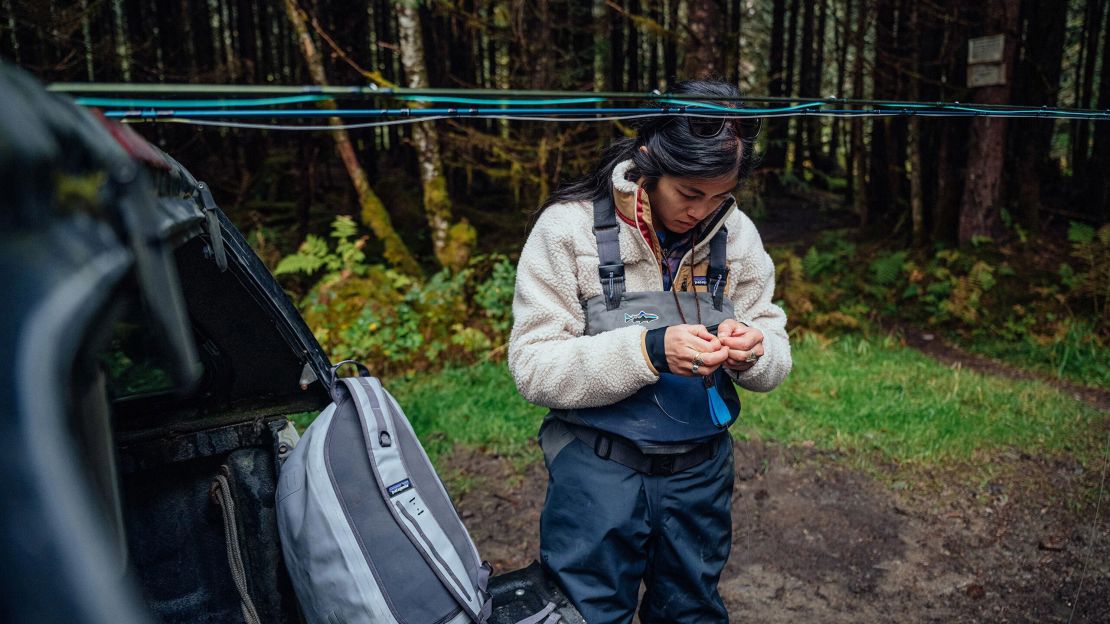
Worn Wear by Patagonia is a trade-in, repair and buy used program that’s designed to extend the life of apparel, keeping secondhand Patagonia gear in circulation and out of landfills. The brand’s ReCrafted Collection has one-of-a-kind garments made from upcycled scrap clothing, the Seconds Collection offers flawed yet functional items and its (Im)Perfectly Patched Collection features patched fleeces, jackets and more. Patagonia offers store credit for customer trade-ins and has online guides for DIY repair.
Lush
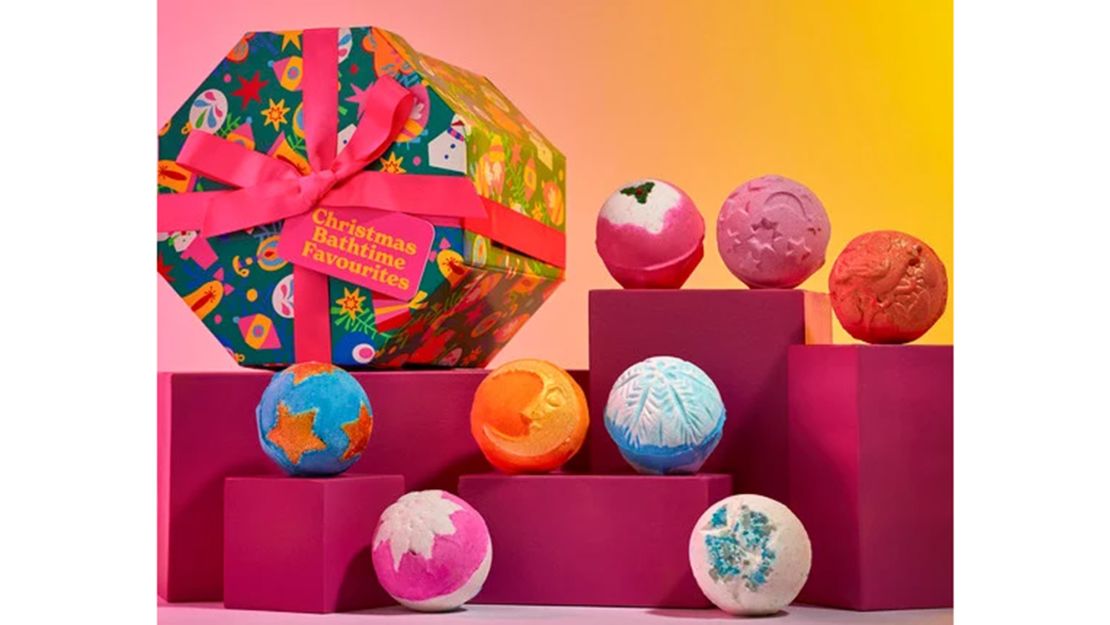
Lush is a global cosmetics company with stores in major cities that offer low-waste and package-free skin care products with free samples to try before you buy, helping to eliminate unwanted returns. Many of its ingredients are certified Organic and Fair Trade. Lush operates a closed-loop packaging system that endlessly recycles and reuses its signature black pots.
Big Bud Press

Big Bud Press is an ethically made clothing company based in Los Angeles that specializes in unisex apparel and accessories. It has storefront locations in Los Angeles, Palm Springs, Chicago and New York City. Garments are made from 98% domestically grown NAFTA Certified cotton or recycled yarn fabric. We love the brand’s in-depth size charts, body-positive models and expansive sizes that scale from XXS to 6XL. Big Bud Press discourages bracketing and returns, and even offers assistance in picking the best size for your body.
Lucy and Yak
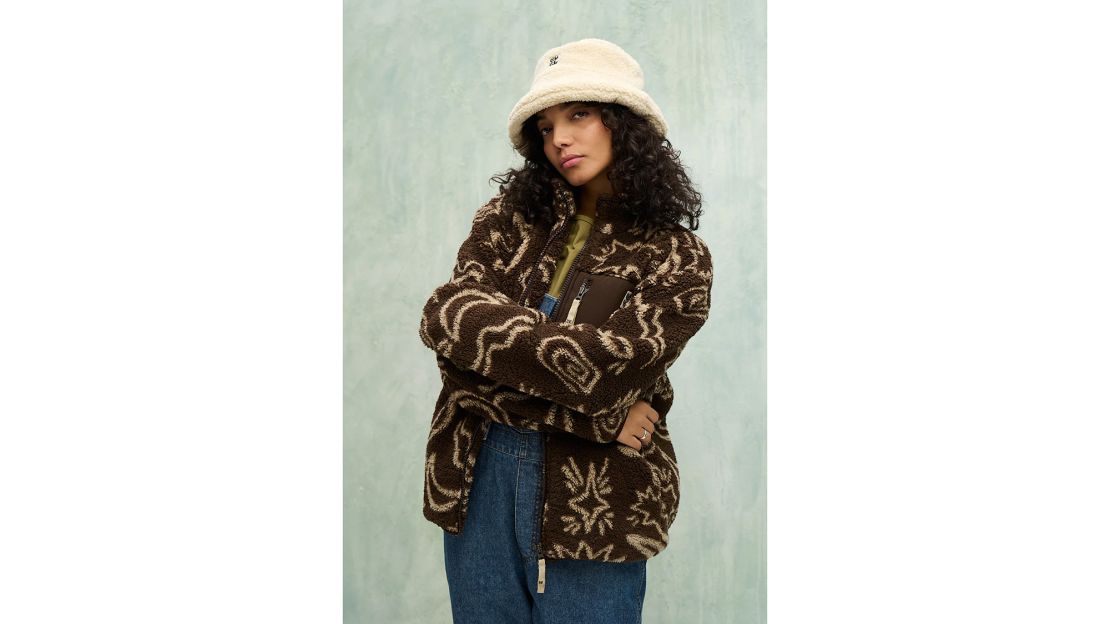
Lucy and Yak is a UK-based ethical brand with comfortable clothing from organic and recycled fabrics. We love its inclusive sizing from 0 to 28, bright colors and unisex styles. The brand is Global Organic Textile Standard (GOTS) certified and has a closed-loop reuse program, Re:Yak, to ensure its gently used garments stay in circulation and out of landfills.
Lora Gene

Lora Gene is a sustainable, ethical and B Corp Certified lifestyle concept inspired by Bulgarian women garment makers. Inclusive sizing from 2 to 26 helps make picking the right size and avoiding returns a breeze.
Seeker

Seeker is a Los Angeles-based line of gender-neutral and age-inclusive apparel. Its minimalist unisex designs are made from GOTS Certified Organic cotton and hemp with sizes ranging from XXS to XXL. Seeker’s detailed measurements and customer service chat help to reduce unwanted returns.
Murph by Murph
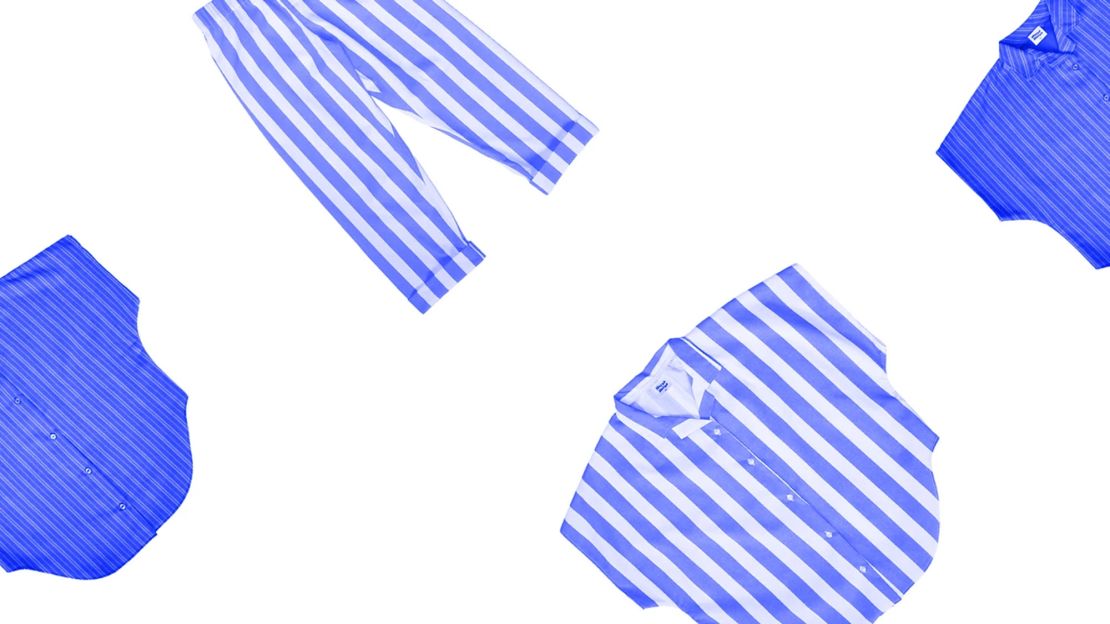
Murph by Murph is a small-batch slow fashion company based in Lancaster, Pennsylvania. Its garments are handmade with sustainable materials and fabric waste sourced from vintage and dead stock textiles. Sizing ranges from S to XXL.
Locarni Goods Co.

Locarni Goods Co. is a vintage clothing and upcycled oyster shell company based on Long Island. It has a small curated selection of secondhand denim, but the real appeal is its signature oyster shells that are handpainted in food-grade gold. The locally sourced shells serve as functional home good accents to hold jewelry or flaky salt. They’re sold as soy wax candles, holiday ornaments and cloth napkin holders.
Meow Meow Tweet
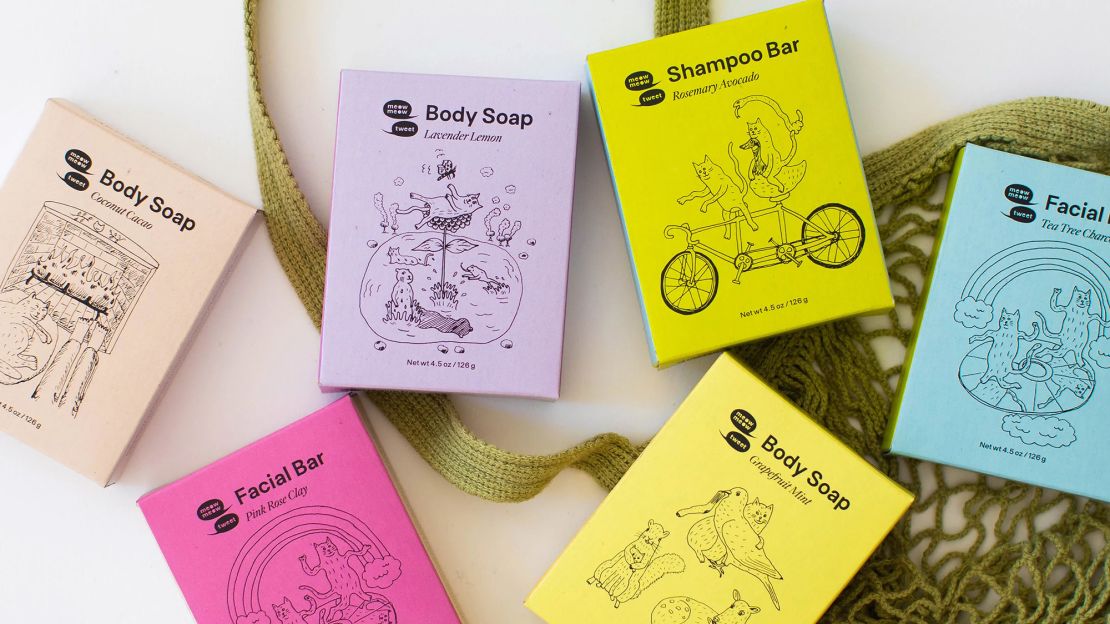
Meow Meow Tweet is a small-batch, low-waste vegan personal care company based in Sacramento. Its products are Leaping Bunny and Plastic Negative Certified, palm oil-free and contain Fair Trade and Organic Certified ingredients. Its Bulk Refill Program partners with brick-and-mortar shops across the US to refill containers for customers, and the brand offers free returns of plastic pumps to be Terracycled. Meow Meow Tweet does not accept returns, but instead offers budget-friendly samples of all its products.
Diaspora Co.
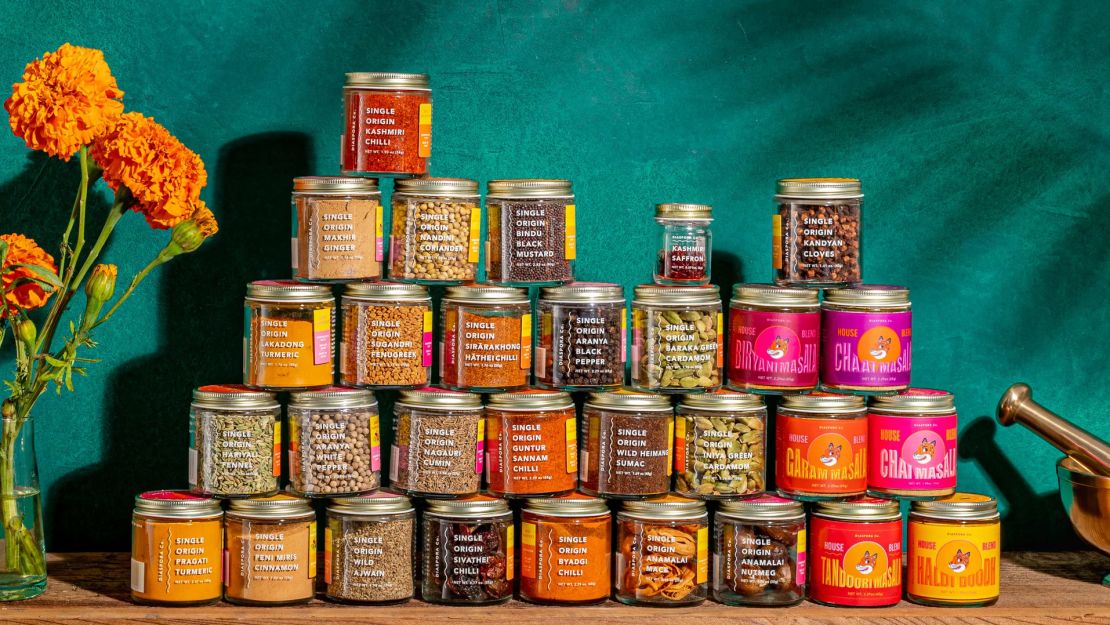
Diaspora Co. is a queer-owned, single-origin spice company based in Oakland that works with regenerative farmers across South Asia. Whole spices and custom spice blends are sustainably packaged in reusable glass jars and snug cardboard boxes. Its Build Your Own Spice Shelf box is an ideal gift for avid home cooks. Bulk quantities are available in refillable bags made from 60% compostable wood pulp. Diaspora Co. provides transparency along its supply chain and ensures equitable wages for farmers that are six times more than Fair Trade standards.
Raaka Chocolate

Raaka Chocolate is a Brooklyn-based, bean-to-bar company that makes unroasted chocolate from single-origin cacao and pays its farmers above fair trade prices. The brand offers gift subscriptions that make the perfect present for chocolate lovers, and its annual Transparent Trade report is printed inside the paper packaging of every chocolate bar. Raaka is certified organic, non-GMO, gluten-free, soy-free, vegan and kosher by Natural Food Certifiers (NFC).
Tart
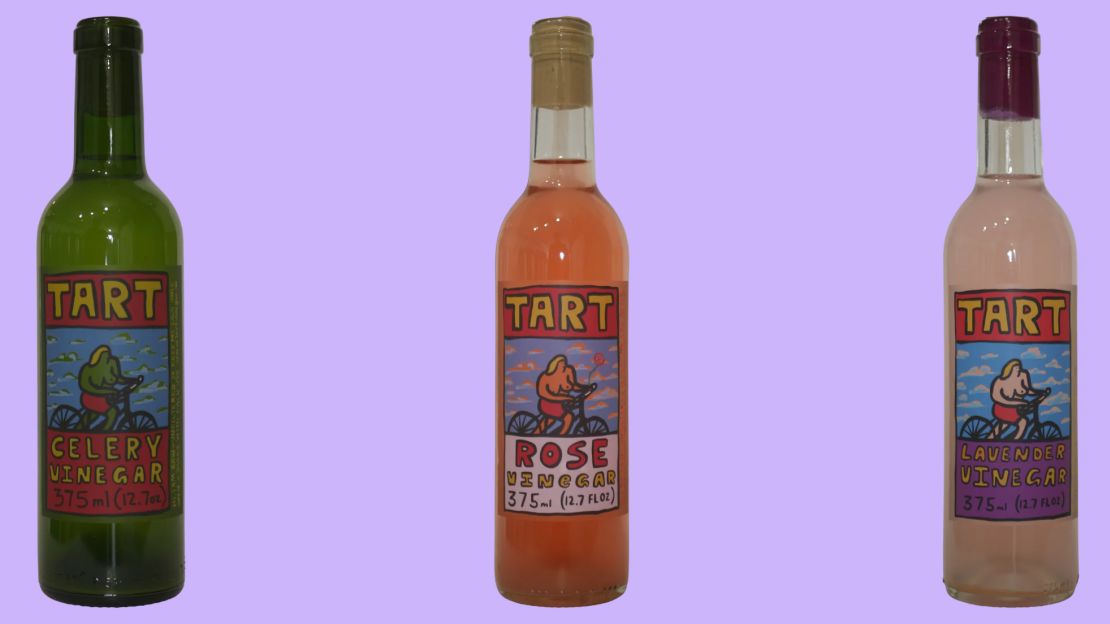
Tart is a woman-owned, small-batch raw vinegar company based in Brooklyn. Using traditional fermentation methods, the vinegars are composed of ingredients from sustainable farms, locally foraged fruit, wild herbs and edible flowers. The flavors are gentle enough to sip without an acidic burn, and have endless culinary applications. Raw vinegar is alive, meaning it often contains the “mother,” which is a small cellulose disc of living microbes. Each vinegar is bottled by hand.
